Seoul, South KoreaCNN —
Seven girls sit in a room, waiting for their name to be called. All of them are young, slim and gorgeous, ranging in age from 14 to 20, with glossy hair and flawless skin. Anticipation hangs in the air, and nerves are written plain on their faces.
They’re about to find out which among them will make the cut to be in South Korea’s newest K-pop group – a dream shared by countless young hopefuls across the country, and increasingly the world, as the multibillion-dollar industry surges in global popularity.
But it’s a long, grueling path to get into that room. The girls have spent months or years training in singing, dancing, rapping and performing – all while following demanding exercise and diet regimens.
Several have given up their formal education or left families hundreds of miles away. And in the fast-moving world of K-pop, where stars trend young and groups often disband after just a few years, some girls feel like this is their only shot.
“In the idol world, 18 is very old … so if I miss this opportunity, I worry whether there will be another place other than this company that would accept me,” said 18-year-old Ah-In Lee, one of the seven final trainees at K-pop company MZMC.
CNN’s Kyung Lah was granted exclusive access to MZMC’s final week of training before launching its first-ever group for a documentary aired on “The Whole Story With Anderson Cooper.”
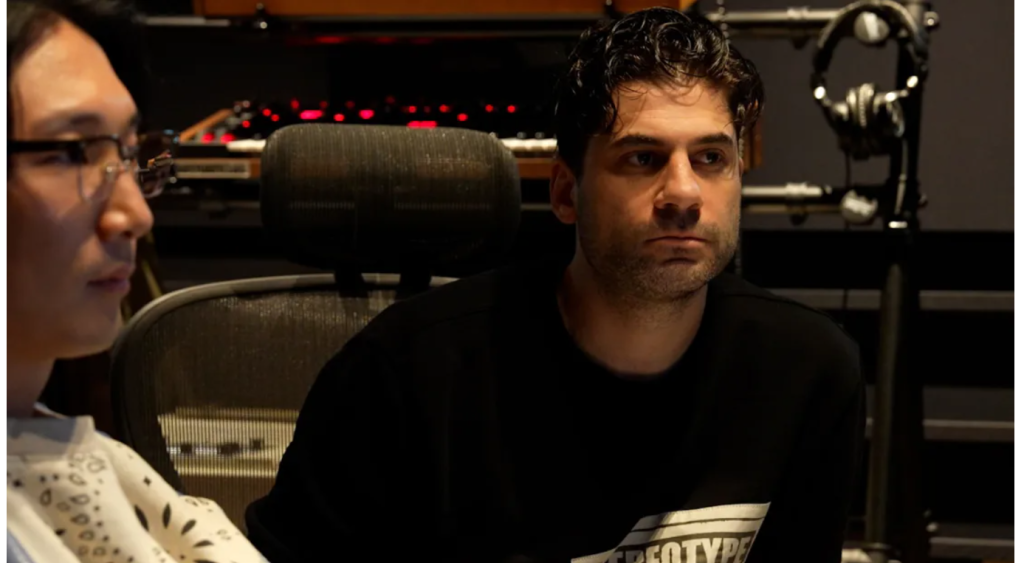
The rest either dropped out or were cut during monthly evaluations that gauged if trainees were improving fast enough.
These eliminations are the norm in the massive K-pop machine, which stands apart from other music industries worldwide for the scale of its artist development and production programs. Agencies don’t just train and select stars – they dictate their schedules, prepare their public debuts, manage their media appearances and concerts, encourage online fan interactions, and even oversee many parts of the stars’ personal lives.
The United States once had a similar version of this system in Motown, with the label scouting young talent throughout the 1960s and ‘70s and teaching them how to perform – but it disappeared “because it’s too expensive,” Thompson said.
But in South Korea, it has flourished – MZMC is a relatively small company. Thompson estimated larger labels can sign hundreds of trainees before whittling them down to a final selection.
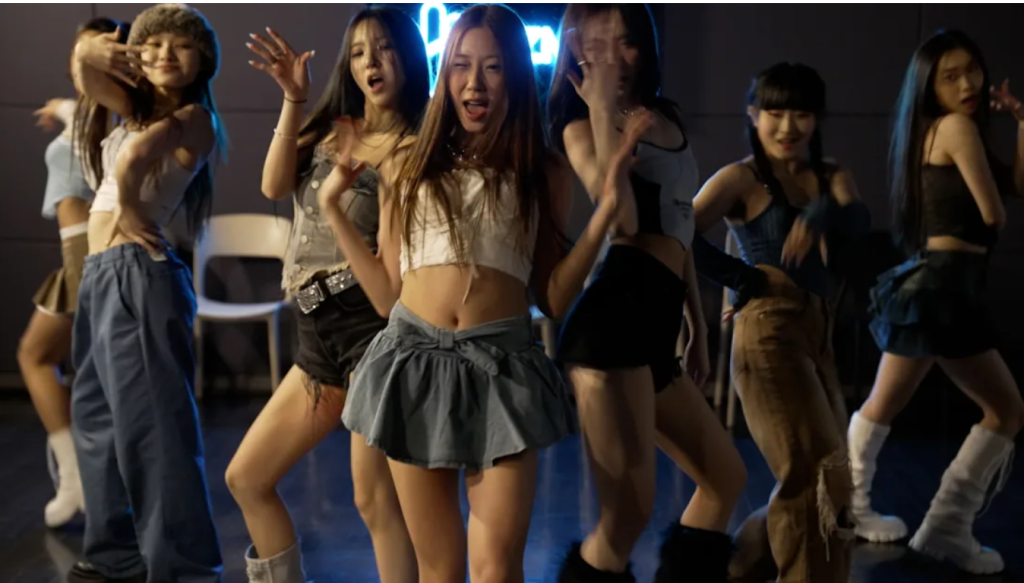
One of those seven girls at MZMC is Brittney Jang, a soft-spoken 20-year-old who grew up in the US before returning to her birthplace of South Korea to pursue her K-pop dreams. The oldest of the trainees, she seemed confident about her chances of making the final five – perhaps because she knew what was at stake.
If she isn’t selected, “that means that I can’t become an idol,” she told CNN, using a term commonly used for K-pop stars. “This is my last chance.”
Relentless training and pressure
For the girls every day begins with two hours in the gym before a full day of classes including vocal and dance lessons. Younger members like 14-year-old Liwon Kim attend half a day of regular school before going straight to training, which can last until midnight.
Some don’t even live with their families, instead staying in dormitories – like 17-year-old Rana Koga from Japan, the only non-Korean trainee.
The pressure can be relentless, with scrutiny of their appearance, as well as their skills. Part of this reflects the culture in South Korea, where rigid beauty standards have traditionally valued fair skin, slender physiques and hyper-feminine features. Plastic surgery procedures like double-eyelid surgery are so common they’re often offered to teenagers as graduation gifts from parents.
Beauty standards are even higher for K-pop stars.
“The word is idol,” argues Thompson, the MZMC founder. “Nobody wants to idolize someone who reminds them of yourself. You want to look up to someone and say, ‘I want to be like that person. Look how pristine and perfect they are.’”
But the demand for thinness can turn dark.
“Definitely, people have been cut (from training programs) for their weight,” said Amber Liu, a Taiwanese-American former idol turned indie artist. “I developed a very unhealthy habit of just starving myself … I was 16, I didn’t know what to do.”
Min, another independent musician who used to be part of K-pop group Miss A, told CNN 100 pounds (about 45 kilograms) is considered the standard weight for a female idol.
Those expectations color the daily lives of the MZMC trainees, who closely track their intake and weight.

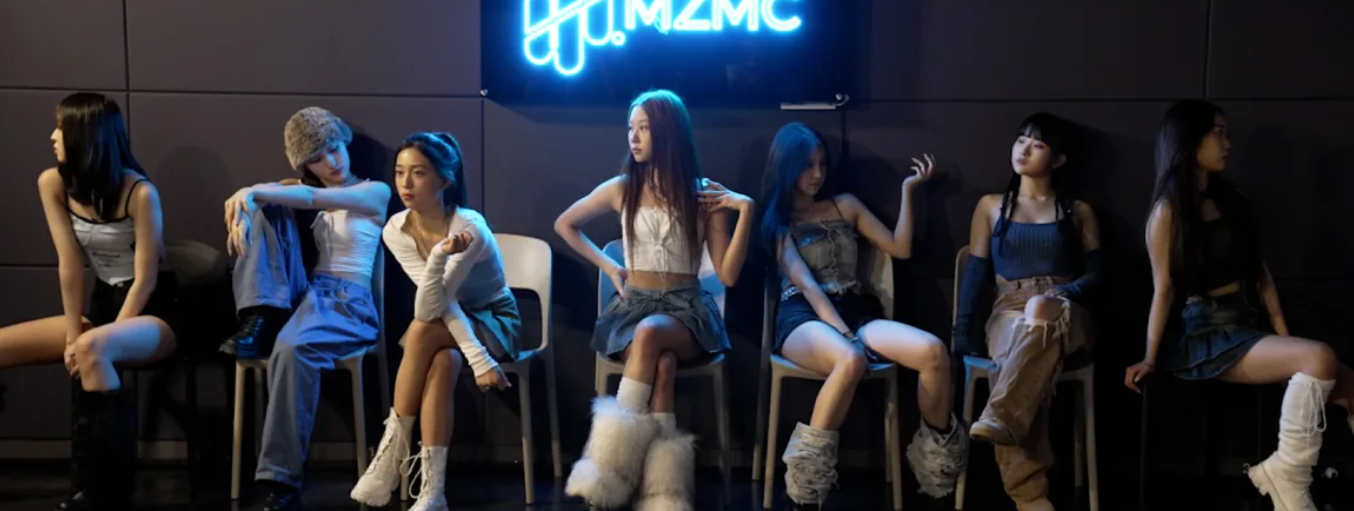


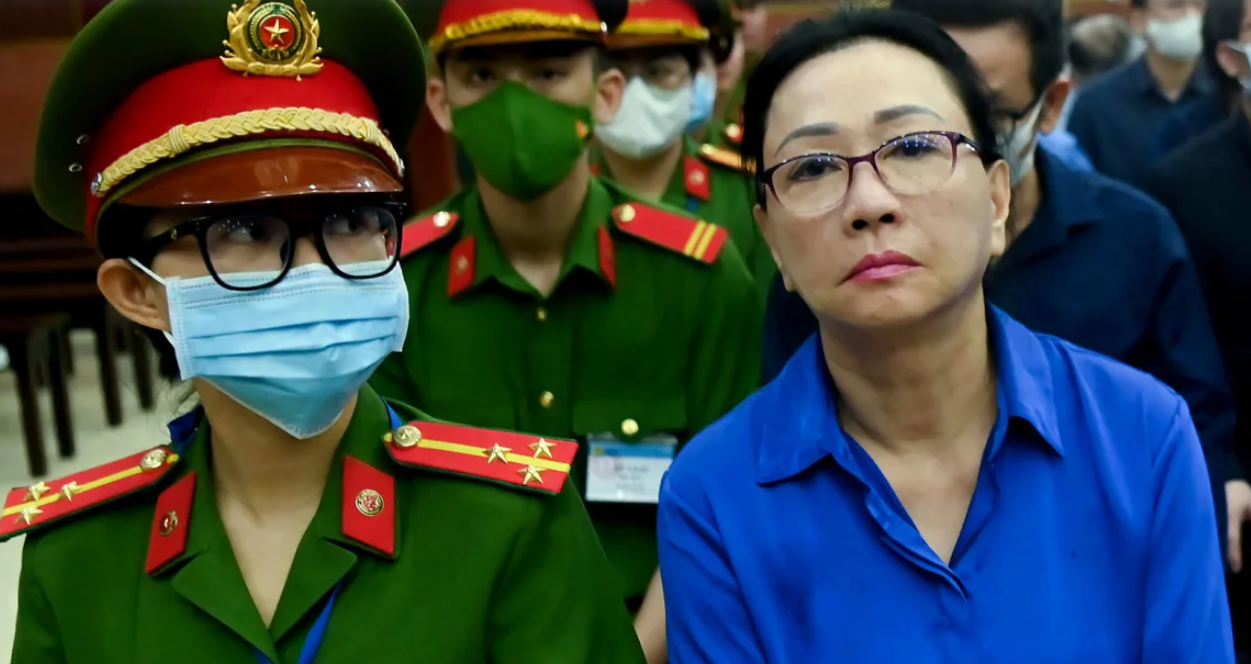

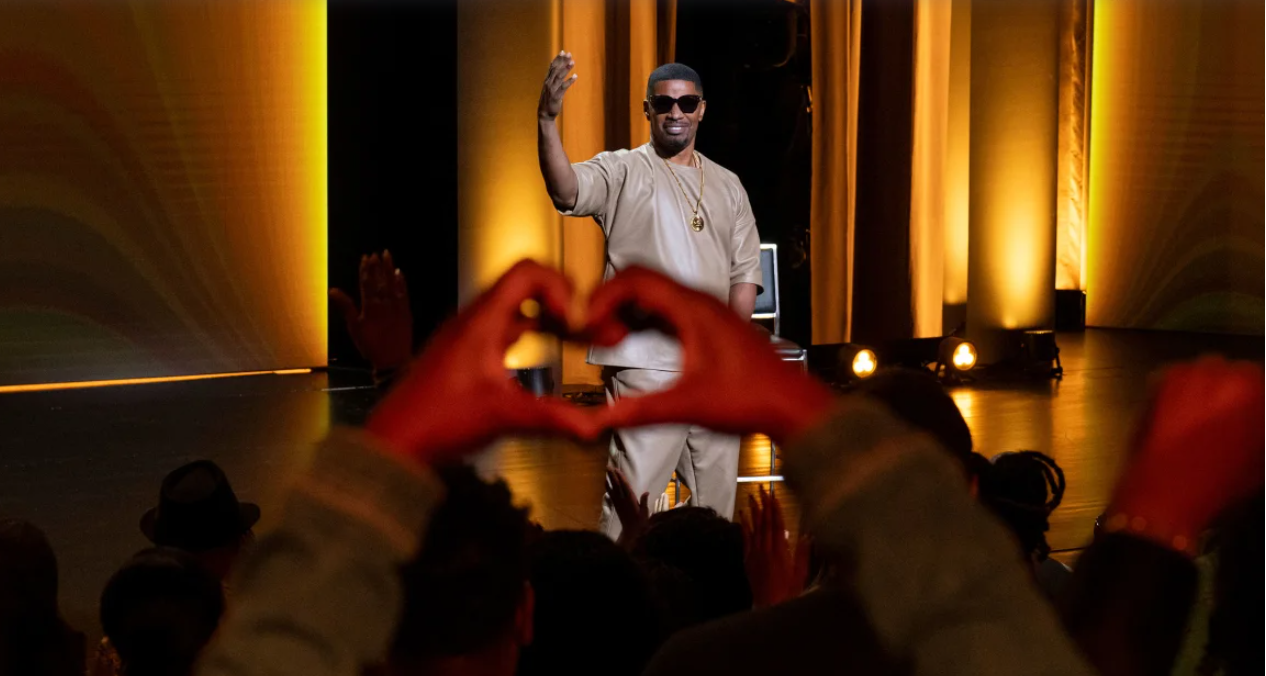

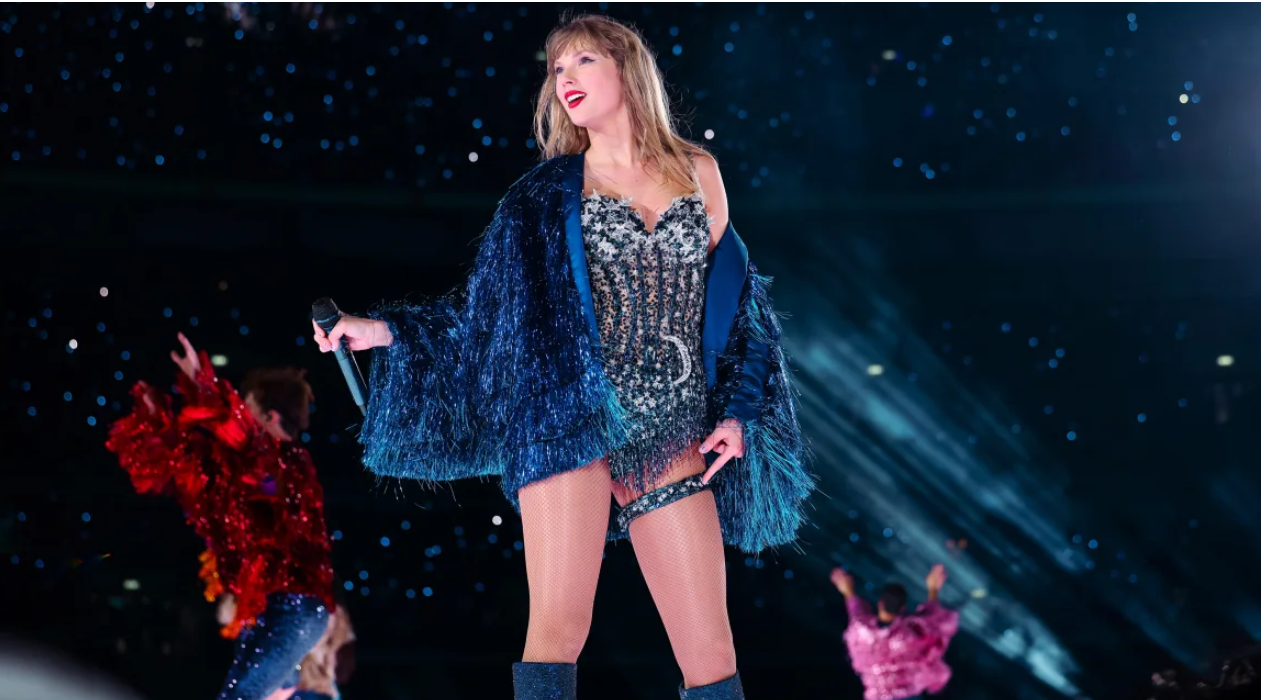
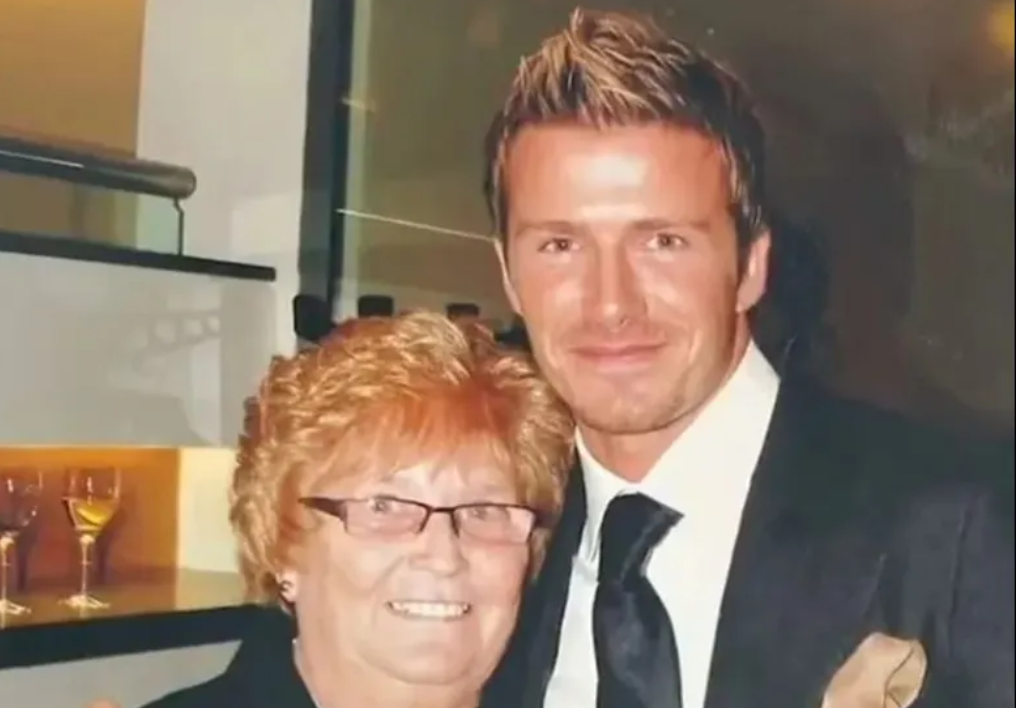
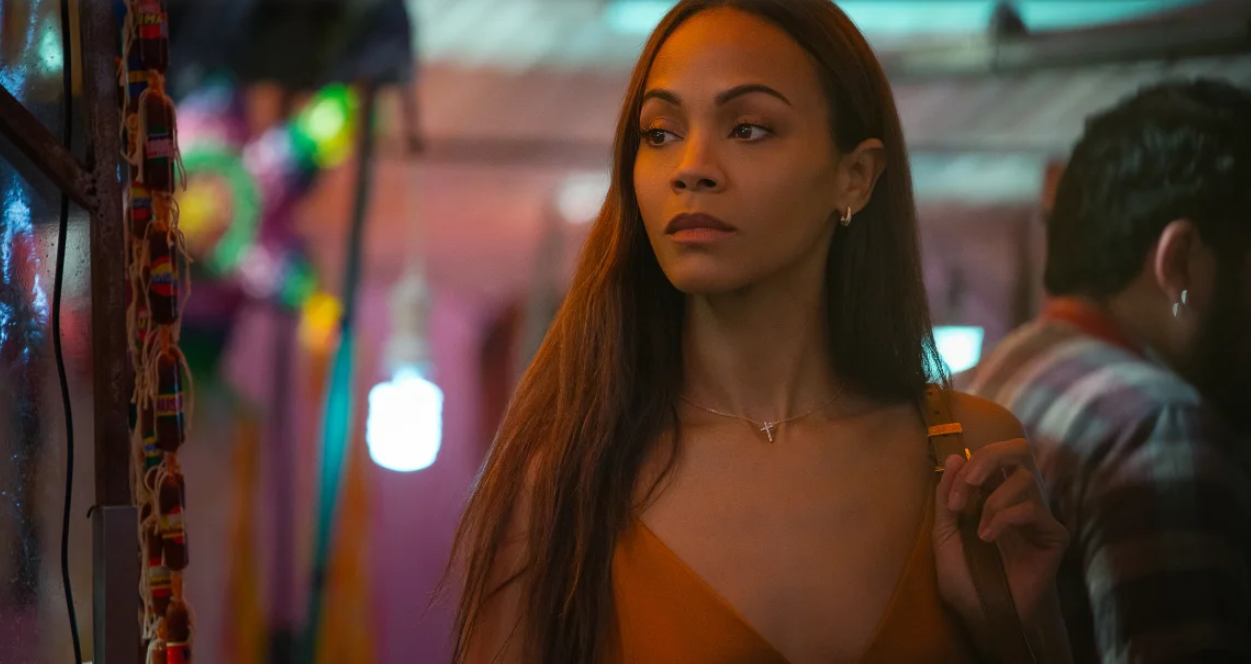

Leave a Reply